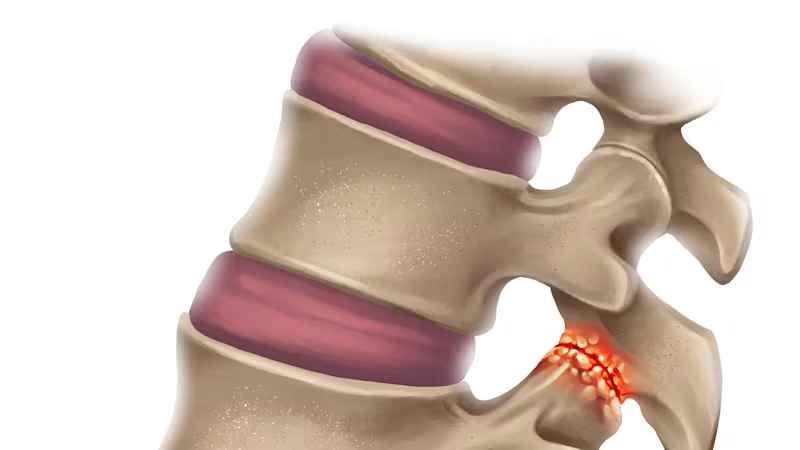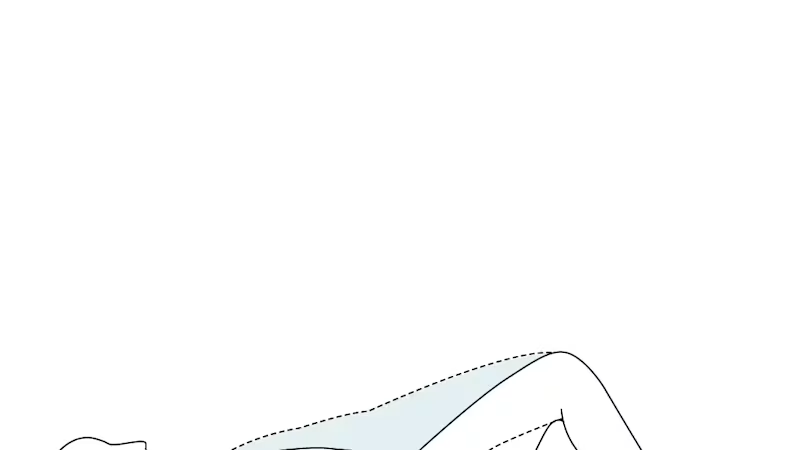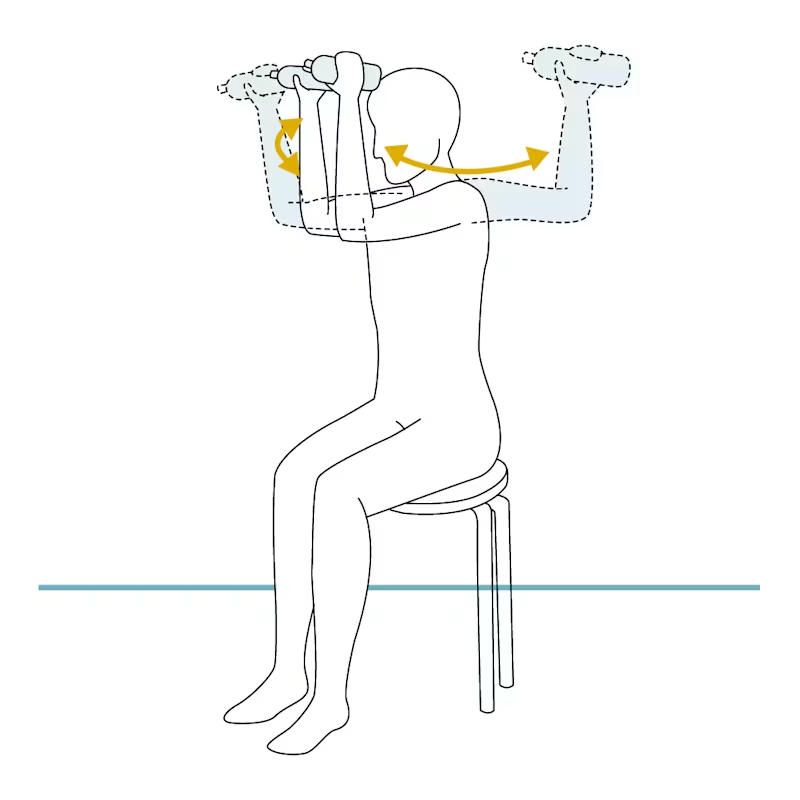Back Pain

Back Pain
“My spinal support enables me to make more controlled movements when I’m working. It stabilises me considerably” Susanne, 32, a florist, who wears the Lumbo Direxa back support.
According to a recent study described on the NHS Choices website, back pain causes 'more disability than any other condition'. The study, which looked at how much disability is caused by lower back pain globally, was carried out in 2010 by researchers from a number of academic institutions in Australia, the University of Washington in the US and the Royal Cornwall Hospital in the UK. Some 1 in 10 of us suffer with it, with incidence increasing with age. Globally, it is most prevalent in Western Europe.
Your back will soon let you know when it has been strained or damaged by means of localised or sharp pain, tensed or strained muscles. There could be a variety of causes from a sudden movement to picking up a heavy parcel incorrectly, or spending too long in one position, but it could also be the result of a more serious problem.
Back pain is one of the most common causes of sick days in the UK. According to a study by the Health and Safety Executive (HSE) in 2013/14, 2.8 million working days were lost as a result, with the average person taking just over 12 days off.
There are a number of ways you can look after your back and combat the causes of your pain. Sometimes just avoiding certain movements or being a bit more aware of how you do them can help and strengthen your back. Spinal bracing can also help and here you will find a comprehensive source of information on back pain. It’s important that you also consult your GP, physiotherapist or orthotist as required, as they will be able to advise what’s best in your individual case.
The Spinal Cord
The spinal cord consists of 24 vertebrae: 7 cervical, 12 thoracic and 5 lumbar which are connected to 5 sacral and 5 coccygeal vertebrae.
They are held in place by ligaments supported by muscles and tendons. The biggest strain on the spinal cord is the lumbar area and for this reason, this area is particularly susceptible to back problems and pain.
Many lumbar spine conditions are interrelated. For example, joint instability can lead to disc degeneration, which in turn can put pressure on the nerve roots, etc.


























